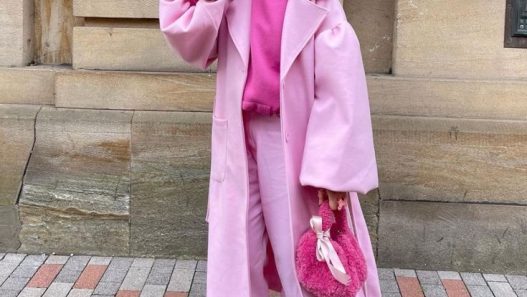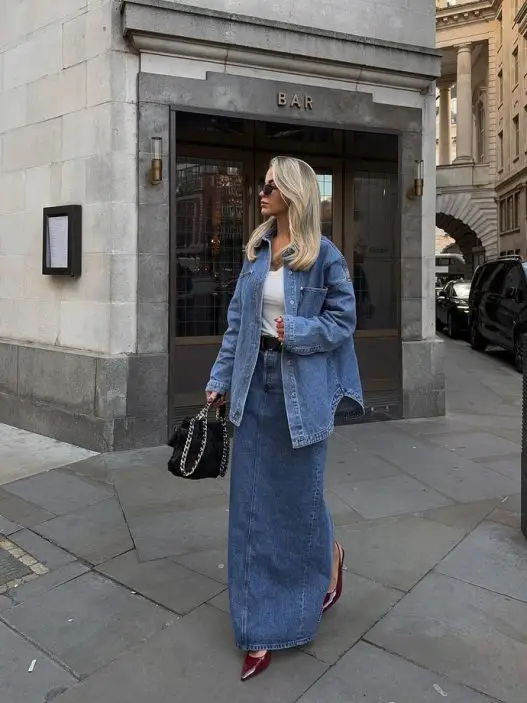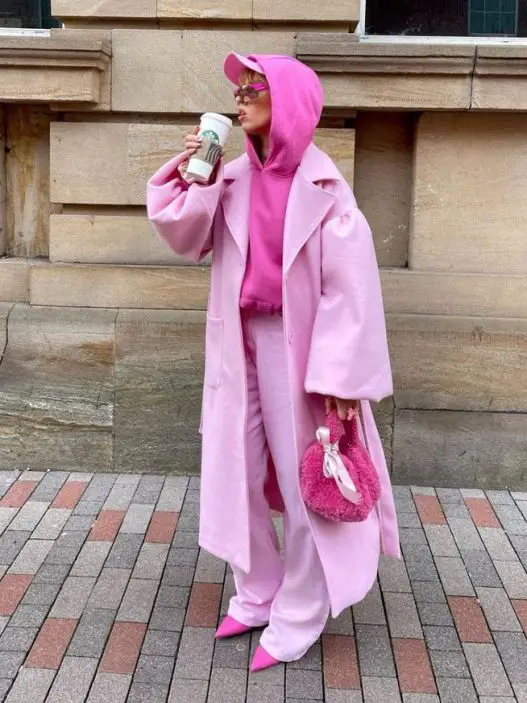Introduction
Everyone deserves a little relaxation and self-care, but indulging in spa treatments can often be expensive. The good news is that you can recreate the luxurious experience of a spa right in the comfort of your own home—without spending a fortune. Whether you’re looking to unwind after a long day, treat yourself to a little pampering, or just escape into tranquility, this DIY at-home spa guide will help you relax and rejuvenate on a budget.
1. Set the Mood with Ambiance
Creating the right atmosphere is key to turning your home into a spa-like haven. A calming environment enhances the entire experience, making it feel more luxurious and peaceful.
Quick Fix:
- Lighting: Dim the lights and light a few candles. Opt for scented candles with soothing fragrances like lavender, chamomile, or eucalyptus to add to the relaxation.
- Music: Play soft, calming music or nature sounds to help you unwind. Many apps and playlists are available with spa-inspired music.
- Aromatherapy: Use essential oils in a diffuser to create a calming scent throughout your space. Lavender and peppermint are particularly relaxing.
Why It Works:
Soft lighting, relaxing music, and calming scents work together to help create a serene atmosphere, reducing stress and setting the mood for your at-home spa.
2. Prepare a Relaxing Bath
One of the simplest ways to pamper yourself at home is by soaking in a warm, relaxing bath. You don’t need to go to a spa for a luxurious experience when you can easily create a therapeutic bath right at home.
Quick Fix:
- Epsom Salt: Add a few cups of Epsom salt to your bathwater to help relax muscles and relieve tension. Epsom salt is also known to help with skin exfoliation.
- Essential Oils: Drop a few drops of your favorite essential oil into the bath. Lavender is perfect for relaxation, while citrus oils can invigorate your senses.
- Milk & Honey Bath: For extra skin-softening effects, add a cup of milk and a tablespoon of honey to your bath. This will hydrate and nourish your skin, leaving it feeling soft and smooth.
Why It Works:
Baths with added ingredients like Epsom salt, essential oils, and milk help to detoxify the body, ease sore muscles, and moisturize the skin, making them feel like a treat for both body and mind.
3. DIY Face Masks for Glowing Skin
A facial mask can give your skin the love it deserves, and you don’t have to buy expensive products to get glowing skin. You can make your own face masks at home using natural ingredients that are often already in your kitchen.
Quick Fix:
- Avocado and Honey Mask: Mash half an avocado and mix it with one tablespoon of honey. Apply it to your face for a moisturizing and soothing mask that hydrates and nourishes your skin.
- Oatmeal and Yogurt Mask: Combine two tablespoons of plain yogurt with one tablespoon of oatmeal. This mask helps to calm irritated skin while gently exfoliating.
- Cucumber and Aloe Vera Mask: Puree cucumber and mix it with aloe vera gel. This refreshing mask helps hydrate and calm your skin, especially after a day in the sun.
Why It Works:
Natural ingredients like avocado, honey, and yogurt are packed with vitamins, minerals, and antioxidants that help to nourish, hydrate, and rejuvenate the skin, giving you a fresh, glowing complexion.
4. Exfoliate with DIY Scrubs
Exfoliating your skin is an essential part of any spa routine. A good scrub removes dead skin cells, leaving your skin feeling smooth, soft, and revitalized.
Quick Fix:
- Sugar Scrub: Combine two tablespoons of sugar with one tablespoon of coconut oil or olive oil. Gently scrub your face, body, and hands in circular motions. Sugar helps remove dead skin cells, while oil hydrates the skin.
- Coffee Scrub: Mix ground coffee with coconut oil or honey for a caffeinated scrub that helps to improve circulation and give your skin a healthy glow.
- Salt Scrub: Mix sea salt with a bit of olive oil and essential oils. This scrub is great for exfoliating the body, especially for dry areas like elbows and knees.
Why It Works:
Exfoliating scrubs help to remove dead skin, stimulate circulation, and promote healthy cell renewal, leaving your skin feeling rejuvenated and smooth.
5. Give Your Hands and Feet a Spa Treatment
Your hands and feet often get overlooked, but they deserve pampering, too! Treat them to a relaxing treatment to make them feel soft and rejuvenated.
Quick Fix:
- Hand Scrub: Mix sugar and olive oil to exfoliate your hands. Follow it up with a hand cream or a mixture of honey and lemon juice for added moisture and softness.
- Foot Soak: Soak your feet in warm water with Epsom salts, a few drops of tea tree oil, and a squirt of your favorite bubble bath. After soaking, exfoliate with a pumice stone and finish with a moisturizing foot cream.
- DIY Foot Mask: Apply coconut oil to your feet and cover them with socks. Leave the mask on overnight for super soft feet by morning.
Why It Works:
Hand and foot treatments help soften skin and improve circulation, giving you a spa-like experience while reducing stress and fatigue.
6. Hydrate with a DIY Hair Treatment
Your hair deserves some love, too! Hair masks are a great way to add moisture, shine, and health back to your hair without spending a lot of money.
Quick Fix:
- Coconut Oil Treatment: Warm up a tablespoon of coconut oil and massage it into your hair. Leave it on for 30 minutes to an hour before washing it out with shampoo for deep hydration.
- Olive Oil and Honey Mask: Mix two tablespoons of olive oil with one tablespoon of honey and apply it to your hair. This mask helps nourish and soften dry, damaged hair.
- Egg and Avocado Mask: Mash half an avocado and mix it with one egg. Apply it to your hair for a nourishing mask that strengthens and adds shine.
Why It Works:
Coconut oil, olive oil, and honey provide your hair with essential nutrients, helping to lock in moisture and improve texture, making your hair feel silky and rejuvenated.
7. Finish with a Relaxing Massage
After all the pampering, a soothing massage can help relieve stress and tension. You don’t need a professional to enjoy a calming massage experience.
Quick Fix:
- Use Massage Oils: Apply a few drops of lavender or chamomile essential oils mixed with a carrier oil like coconut oil or olive oil to your skin. Massage in circular motions to relax your muscles.
- DIY Hand and Neck Massage: Gently massage your hands, wrists, and neck with your fingers. Use your thumb to press into tense areas to relieve tension and improve circulation.
Why It Works:
Massages help reduce stress, promote circulation, and ease muscle tension, leaving you feeling completely relaxed and pampered.
Conclusion
Pampering yourself with a DIY at-home spa experience is an affordable and enjoyable way to relax and recharge. From a soothing bath to rejuvenating face masks and hair treatments, there are countless ways to enjoy a spa day without breaking the bank. So, turn your home into a tranquil retreat, light some candles, and treat yourself to a day of self-care—you deserve it!
4o mini



















